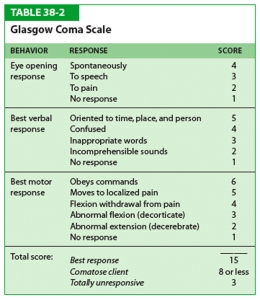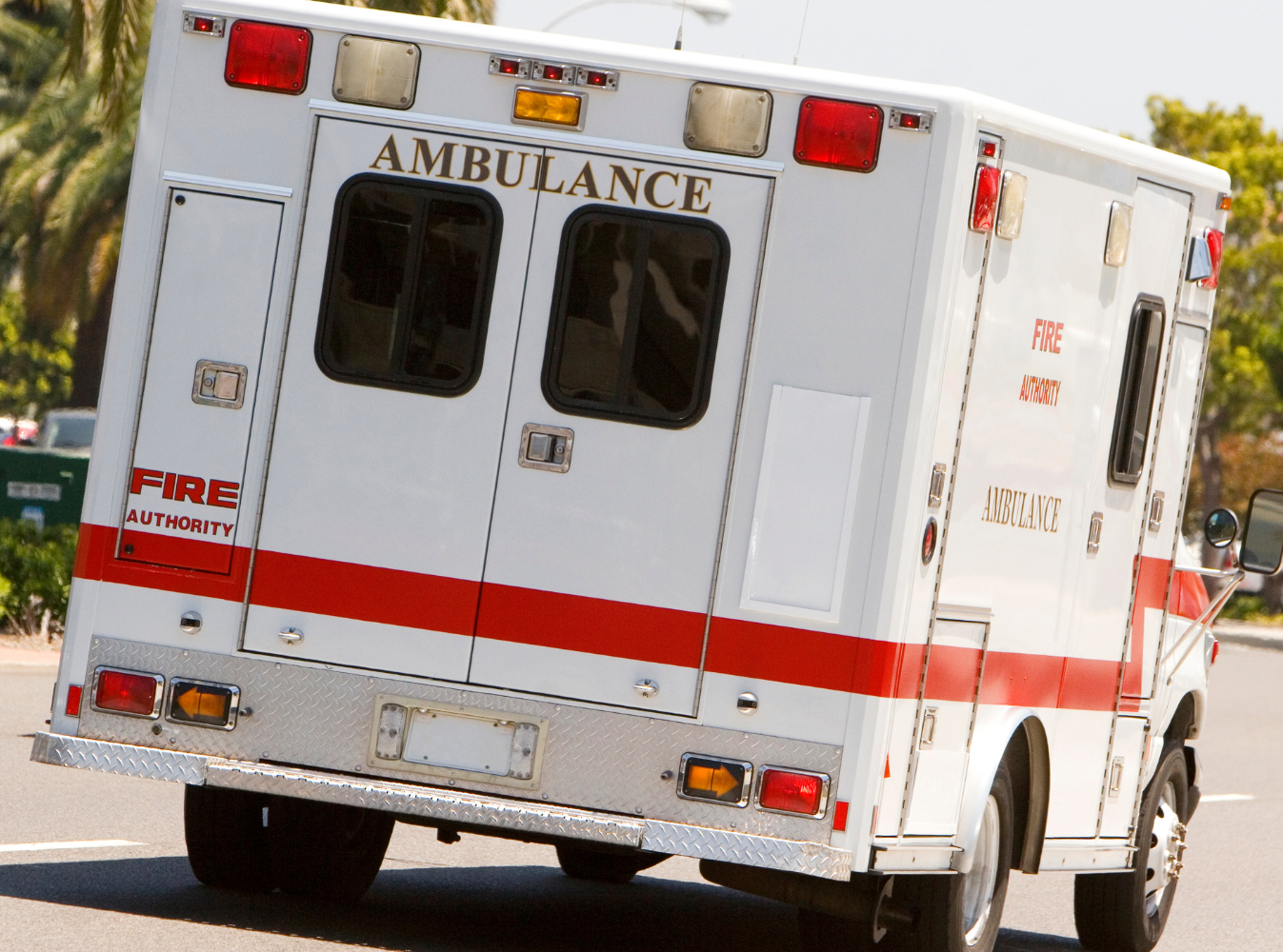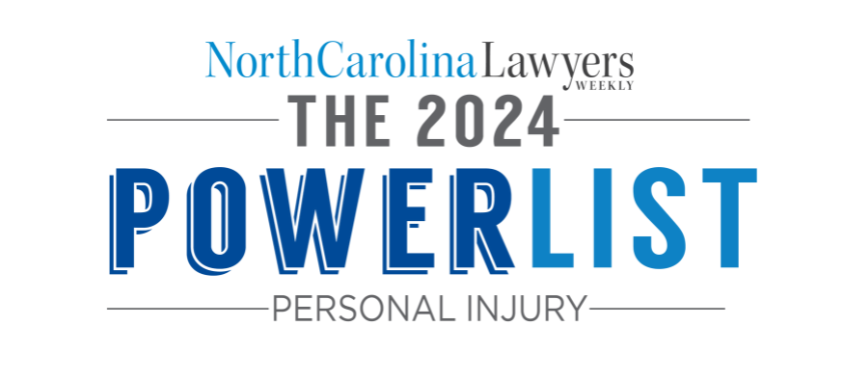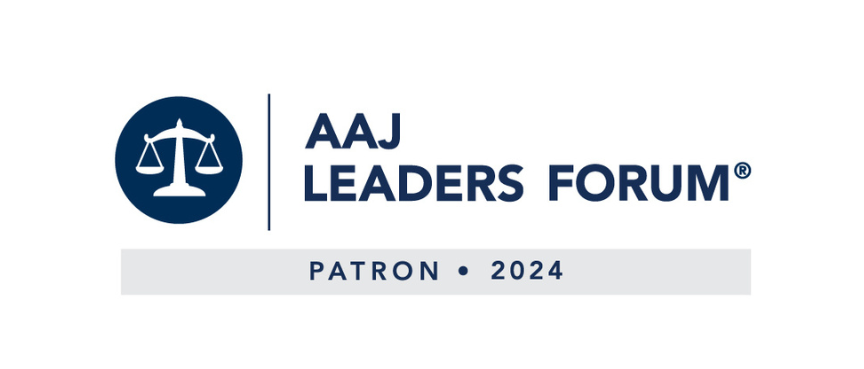Every year thousands of North Carolinians suffer traumatic brain injuries caused by various incidents. Car accidents, motorcycle crashes, tractor-trailer collisions, and industrial incidents are among the more common ways people can suffer a traumatic brain injury. When emergency personnel respond to the scene of an accident, one of the first things they do is assess the patient’s score on the Glasgow Coma Scale (GCS).
The Glasgow Coma Scale Behavior Assessment
The GCS is a neurological assessment that can be useful in describing the patient’s state of consciousness. Notably, the GCS is not necessarily determinative or indicative of the long-term symptoms the patent will experience. Even folks with a perfect 15/15 on the Glasgow Coma Scale at the time of assessment can suffer the long-term consequences of a traumatic brain injury.
Three physical areas are evaluated when an emergency or medical provider assesses GCS. The maximum score that can be given is 15/15. The lower the score, the lower the patient’s state of consciousness. The higher the score, the more conscious the patient is during the assessment. A lower score tends to indicate a more severe brain injury.
Eye Opening Response

The first category looked at with a GCS assessment is how the patient’s eye opens. A perfect score is given if the patient opens their eyes freely. If the patient’s eyes open only to someone speaking or only to pain, the score is lower. If the eyes cannot open, this indicates a severe loss of consciousness and, likely, a severe brain injury.
Verbal Response
The next categories looked at are verbal responses and motor responses. If patients are orientated, meaning they understand where they are and what is going on, they receive the maximum score. A lower score will be given if they are confused or give inappropriate or incomprehensible responses to questions.
Best Motor Response
The motor response section of the evaluation is the final portion. If patients can physically respond to commands, they receive the highest score, indicating a higher level of consciousness.
It’s imperative to understand that the Glasgow Coma Scale does not predict the outcome of any particular brain injury. A patient with a more severe loss of consciousness may not necessarily end up with worse brain injury symptoms than a patient who suffered no loss of consciousness and, instead, suffered an “altered mental state” at the time of the crash or incident. Automobile and trucking insurance companies often place little weight on the GCS.
Representation for Traumatic Brain Injuries
If you or someone you know has suffered a mild, moderate, or severe traumatic brain injury because of the negligence of a third party, our attorneys may be able to help. We work to recover fair compensation, including damages for your medical expenses, lost wages, pain and suffering, and permanent disability. Our office provides free consultations to all prospective brain injury clients and will travel to discuss your case. We also offer a contingency fee arrangement whereby you owe no attorneys’ fees unless we recover a settlement or verdict on your behalf.
To speak with a Maginnis Howard attorney regarding your potential case, send us a message through our contact page. You may also call our office at (919) 526-0450.






